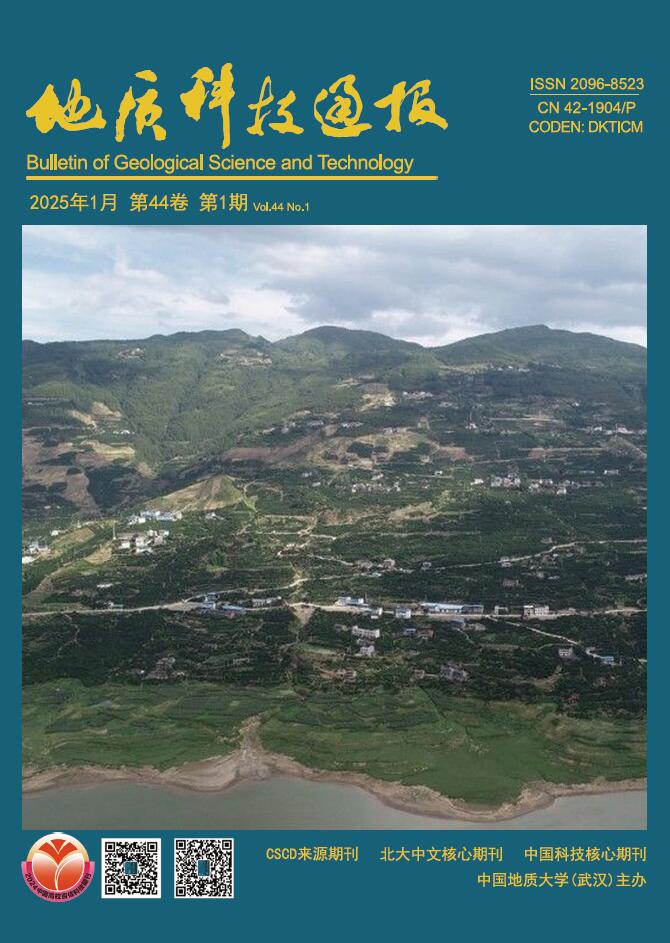To accurately evaluate the blasting effect of tunnel demolition, guarantee the normal traffic of vehicles during the blasting for insitu two-to-four lane expansion in the municipal tunnels, and reduce the risk of blasting demolition as well as expansion of existing tunnel linings, a comprehensive evaluation model of the tunnel blasting effect based on EAHP was established with the matter-element theory. First, 29 evaluation factors were selected from 5 aspects: blasting scheme design, surroundings of blasting area, blasting quality, blasting materials, blasting safety technology, and 5 evaluation grades were demarcated. Second, the primary correlation function established with extension transformation was adopted to calculate the correlation degree of influencing factors of blasting effects to the evaluation grade, an analytic hierarchy process (AHP) method was introduced to determine the index weight, and the blasting effect grade was determined according to the principle of maximum correlation degree. Therefore, an integrated evaluation method based on Extenics-AHP, namely, EAHP, was established. The results showed that this method was applied to the blasting effect evaluation of the insitu two-to-four lane expansion project in Loushan Tunnel in Zhejiang Province, and the blasting effect evaluation result was Kmax=K2=-0.030 9, namely, the blasting effect evaluation level of the insitu two-to-four lane expansion in the tunnel was "good blasting effect", which was consistent with the actual condition of the project. Therefore, the evaluation indexes and weight coefficients selected based on EAHP model were reasonable and reliable, and the maximum correlation degree obtained by extension transformation could also better reflect the grade of the tunnel blasting effect, indicating this evaluation method had better adaptability to tunnel blasting effect evaluation.







